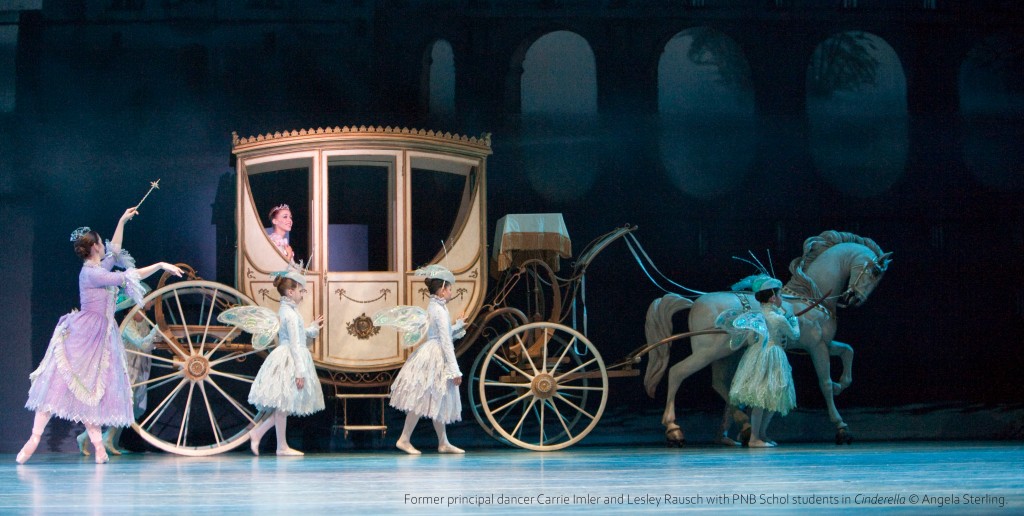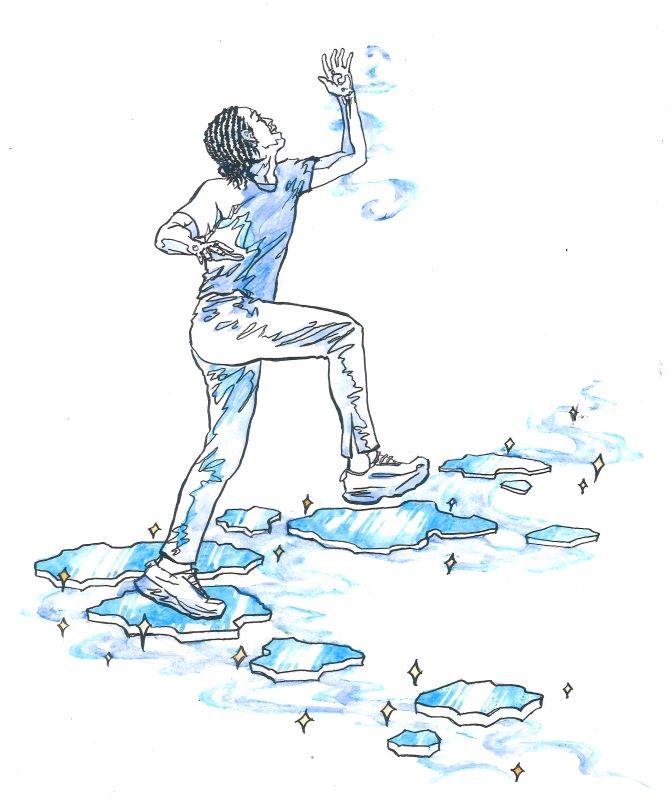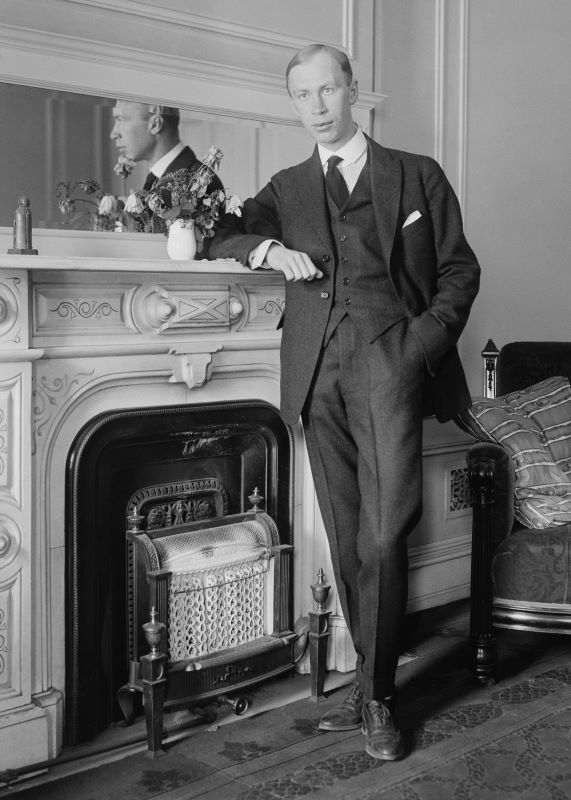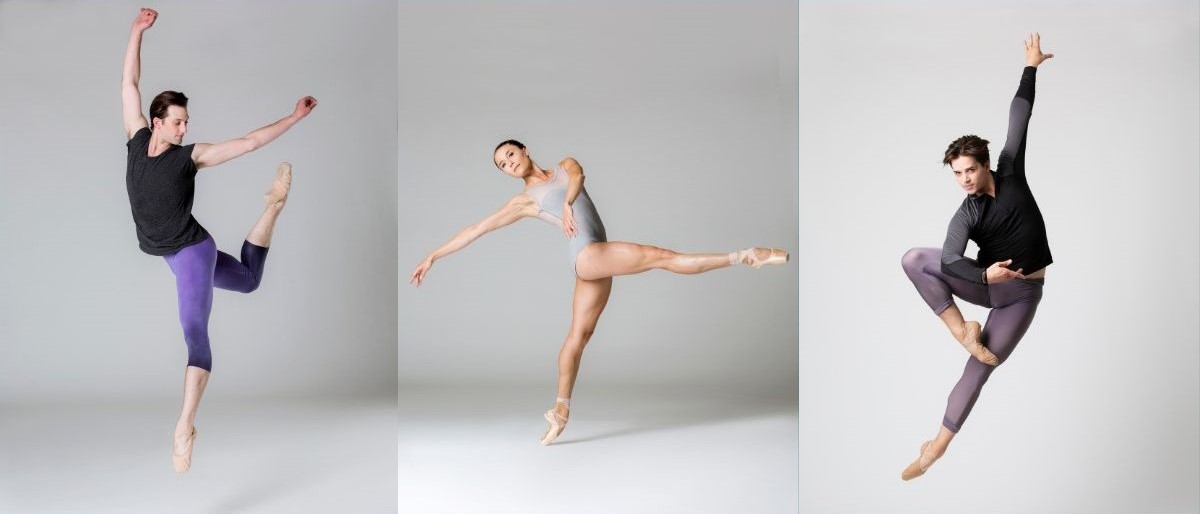The story of Cinderella is timeless. Known by many names around the world, this folk tale emphasizes the innately human desire to overcome unjust oppression and find happily ever after. The roots of the story, more ancient than we may ever know, can be traced back for many centuries. We’ve compiled just a few of the historic versions of this classic tale here – which is your favorite?
In the Greek story of Rhodopis, which translates to “Rosy-Cheeks,” a Greek slave girl marries the king of Egypt after an eagle steals one of her sandals and drops it in his lap. This version, which dates back to the first century CE, is one of the earliest recorded Cinderella variants.
The Chinese story of Ye Xian can be traced to the ninth century (860). In it, Ye Xian’s deceased mother appears to her as a magic fish, and helps her get ready for a local festival. As she flees from the festival, she loses one of her golden shoes, which a king subsequently finds and uses to search for her. Similar stories can be found throughout Asia.
In Moon Brow, an Iranian version of the Cinderella story, Shahrbanou lives with her evil stepmother and stepsister, and marries a prince after he falls in love with her at a wedding.
The Italian tale Cenerentola dates back to 1634. This version includes a wicked stepmother, magical transformations, a missing slipper, and a hunt by a monarch for the owner of the slipper.
One of the most popular European versions of the story comes from France. Cendrillon ou la petite pantoufle de verre, written by Charles Perrault in 1697, saw the introduction of the pumpkin, the fairy-godmother, and “glass” slippers.
The Brothers Grimm adapted a characteristically intense version of the story, Aschenputtel, in 1812. This tale includes a wishing tree, instead of a fairy godmother, and Cinderella’s stepsisters suffer a terrible punishment for their cruelty. (Echoes of which can be seen in the stepsisters’ fates in the Sondheim musical Into the Woods.)

Today, there are over 500 variants of Cinderella in Europe alone. Hundreds of films feature direct adaptations or have plots loosely based on the story. Cinderella is so ubiquitous in the English-speaking world that the phrase “Cinderella Story” has come to describe any rags-to-riches tale.

Pacific Northwest Ballet’s production of Cinderella, conceived and choreographed in 1994 by Founding Artistic Director Kent Stowell, highlights the contrast between the Real World and the Dream World of Cinderella’s experience. Featuring an epic score by Sergei Prokofiev, resplendent costumes, and sets that evoke an exquisite 18th-century world, PNB’s Cinderella is a fully realized romantic fairy tale for our time. Click here to learn more!






